For the last two years, employers have been left holding the bag, as it were, for employees no longer covered under a benefit plan. Though it is true, fewer employees on a benefit plan reduces the premium costs. But what about the impact of this reduction at renewal time?
Remember employee group benefits are like one-year term insurance and are re-priced annually. Where in 2014-2015 employers had a set number of employees and the usage was patterned accordingly, almost predictably. The ‘insured’ benefits were priced based upon the number of participants, their average age, the male to female split, and when there was consistency, year over year, these rates likely fluctuated perhaps 3-5% annually, or very often resulted in little to no change. Accounting for about two-thirds of the premium dollars, health and dental benefits, by contrast, are priced according to covered options and usage—trend, inflation, credibility, and weighting.
When the bust of the economy started to take hold, and employees anticipated lay off or were let go, the first thing the majority did was access all they could of the employee benefits program and use to their maximums prior to leaving. As an entitlement factor, these benefits were nontaxable income to be used according to coverage maximums allowable. And though the rates did not change immediately, once the plan was re-evaluated by the insurance carrier and claims, in many cases, amounted to almost double what was paid in premium, rates had to be increased. With the experience ratios incredibly high and a significantly reduced number of covered members to foot the bill, this left many employers questioning whether to continue the benefits or not.
Though we all want something for nothing, that is not the case—ever. An insurance carrier is no different than any other business. When it comes to claims, they need to have the funds available to cover the usage, most especially on the day-to-day “choice” benefits like dental, vision care, paramedical services, such as massage therapy. In order to plan where a plan is to go in the future, it is important to understand the trends of the past and this includes having a historical look at where the employee members traditionally utilize the benefit plan.
This prior usage is a significant factor for creating new rates. Now, the remaining employees on the plan have graduated to a more expensive program without any new benefits to show for the extra expense. Whether they participated in the usage or not, their rates have increased to cover off all those no longer even on the plan.
First things first, you are not alone. This is the current story for most Alberta business owners just now. But as the economy levels off and the glut of the excess usage has been paid for, the normalcy of the premiums will return. Opportunity is knocking. Now is the time for a thorough review of the renewal documents to look for patterns and prepare by either carving benefits back or looking a more creative plan design options, such as administrative services only (ASO), or health spending accounts (HAS) to keep expense levels where they need to be—providing the essentials, while carving back the fat.
Disclaimer: Please note that the information provided, while authoritative, is not guaranteed for accuracy and legality. The site is read by a world-wide audience and employment, taxation, legal vary accordingly. Please seek legal, accounting and human resources counsel from qualified professionals to make certain your legal/accounting/compliance interpretation and decisions are correct for your location. This information is for guidance, ideas, and assistance.





